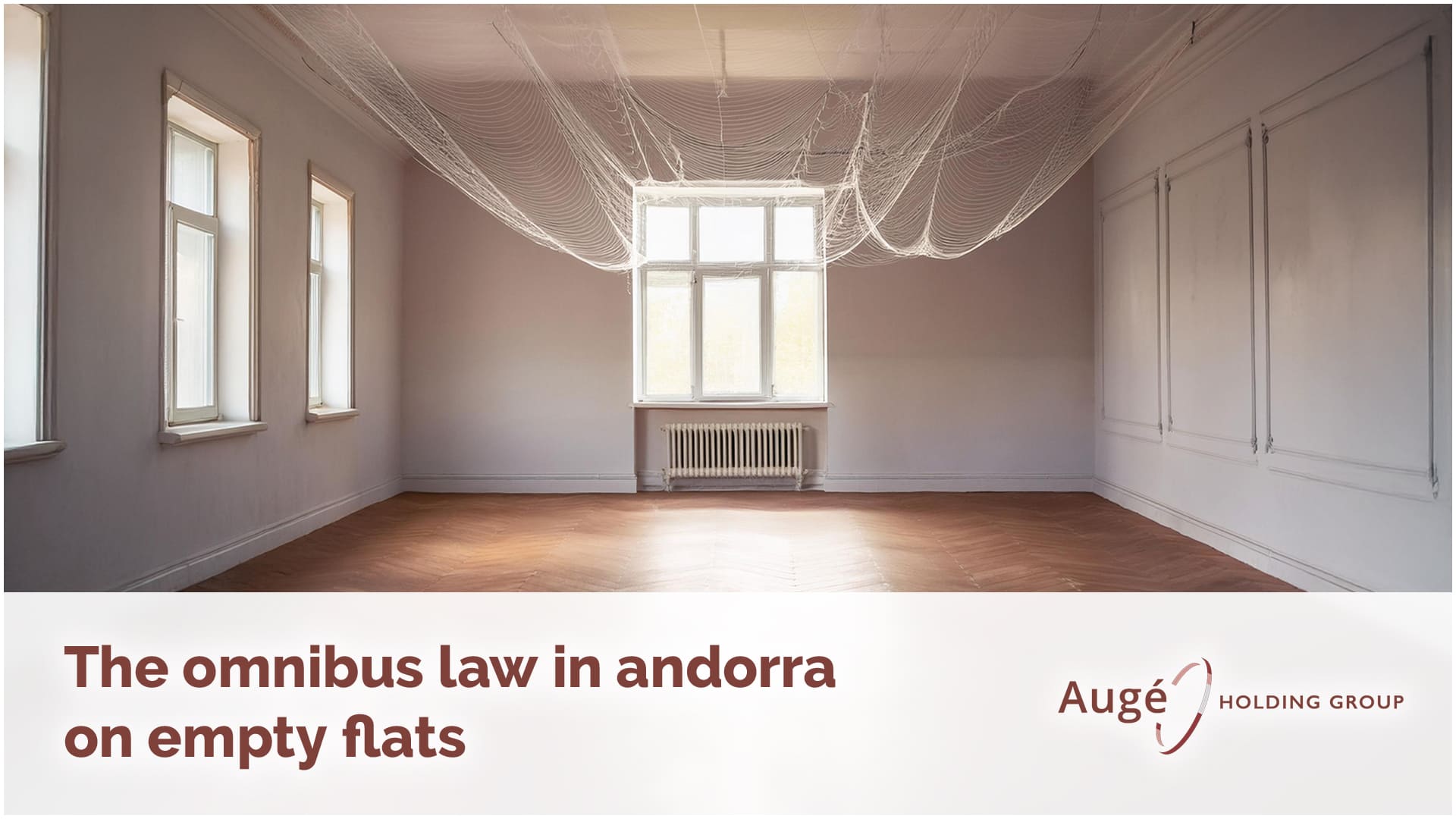The tax residence of individuals in Andorra
The article 8 of “Law 5/2014, of 24 April, on personal income tax” regulates the standards for attracting tax residence, which are exactly the same as those provided for Spanish tax legislation. It is important to keep in mind that, for tax purposes, the administrative residence permit doesn’t automatically entail obtaining the tax residence, as both concepts are different, as some of the 3 criteria that we will detail below must be given.
Andorran legislation uses three types of criteria to establish the tax residence of a natural person in the country (any of the three criteria can be given at random as they are not ordered in order of preference).
In the first place, reference is made to the criterion of temporality, which implies that the taxpayer must prove a physical presence of at least 183 days during the calendar year.
Secondly, the criterion of the center of economic interests is mentioned, that is to say that the nucleus or the main base of its activity or economic interests is in Andorra.
Finally, the center of vital interests will be considered to be the place where the legally not separated spouse and financially dependent minor children have their habitual residence in Andorran territory.
Given that the tax legislation of each jurisdiction can simultaneously consider a single person as a tax resident, the OECD (Organization for Economic Co-operation and Development) has published a model tax convention that serves as the basis for all agreements of non-double taxation signed between Member States. These agreements make it possible to determine, in the event of a conflict, the collection authority for the different taxes by fixing the tax residence in favor of a certain jurisdiction.
The OECD regulates the tie breaking criteria in the event of a conflict between two jurisdictions. Therefore, in the case that two countries consider the same taxpayer as a tax resident, the following criteria must be respected sequentially:
- Permanent housing: It will be considered as a tax resident in the country where the person has a permanent home.
- Center of vital interests: If the first of the standards doesn’t allow to determine the tax residence in one of the two or more countries, it will be considered tax resident in the country where it has the center of its economic and personal relations.
- Habitual residence: If the center of vital interests cannot be determined in any country, it becomes a criterion of temporality, determining the tax residence in the country where the person habitually resides, that’s to say, where the person objectively spends more time.
- Nationality: If after the above 3 criteria, it has not yet been possible to determine the tax residence, it will be established on the basis of nationality.
- Agreement: Finally, in case of having or not having the nationalities of the countries in conflict, the tax authorities will decide by mutual agreement. It is very unlikely to reach the latter scenario.
With these criteria, the OECD seeks to prevent international double taxation from occurring so that the taxpayer doesn’t pay the same income in several jurisdictions. Once the tax residence has been determined, the taxpayer will have to pay tax on the total of his world income, regardless of its origin and the payer.
Do you want to contact one of our professionals?
+376 803 636
If you wish, you can call us by phone and we will personally attend to your request.
You can also contact our team by sending your inquiry to the following email: info@augelegalfiscal.com or contact us via WhatsApp (Tel: +376 33 33 76).





